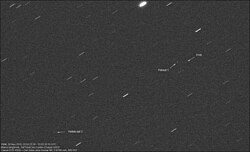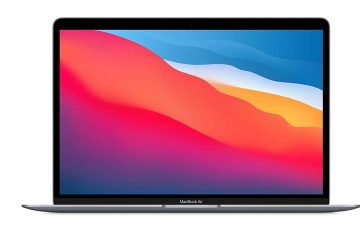The Importance of Satellite Images in Today’s World

Introduction
In the era of rapid technological advancement, satellite images have become crucial tools for various sectors including agriculture, urban planning, and environmental monitoring. These high-resolution images, captured from space, enable detailed analysis and insights that were previously unimaginable. As the world faces challenges such as climate change, urbanization, and resource management, the role of satellite imagery becomes increasingly significant.
Current Applications of Satellite Images
Recent developments in satellite imaging technology have broadened their applications. For instance, NASA’s Landsat program continues to provide valuable data on land use and change, assisting researchers globally. In agriculture, farmers now rely on satellite images to monitor crop health and optimize yield through precision farming techniques. Moreover, emergency services utilize these images for disaster management, assessing damage following natural calamities like floods or hurricanes.
Environmental Monitoring
Environmental scientists are employing satellite images to track deforestation, glacier retreat, and the impacts of rising sea levels. The European Space Agency’s Sentinel satellites, part of the Copernicus program, play a vital role in monitoring greenhouse gases and providing critical data that can inform policy decisions. For example, a recent study using satellite imagery reported alarming rates of deforestation in the Amazon, urging immediate global attention and action.
Urban Development and Planning
Urban planners are also leveraging satellite images to analyze city growth and development. A report by the UN indicates that over half of the world’s population now lives in urban areas, emphasizing the need for careful planning. Satellite imagery helps authorities visualize urban sprawl, assess infrastructure needs, and plan for sustainable growth. During the COVID-19 pandemic, cities utilized satellite data to monitor traffic patterns and air quality, leading to insightful public health decisions.
Quality and Accessibility of Satellite Imagery
The advancement of technology has significantly improved the quality and accessibility of satellite images. High-resolution images can now be obtained from various sources, including private companies like Planet Labs. This democratization of satellite imagery allows smaller organizations and researchers to access vital information that was once only available to government agencies or large corporations.
Conclusion
The utilization of satellite images is redefining how we observe and respond to world events. With ongoing advancements in technology, the future of satellite imaging looks promising, offering unprecedented insights across multiple fields. As global challenges mount, the importance of accurate and timely satellite data cannot be overstated. This technology not only enhances our understanding of our planet but also empowers us to take informed actions for a sustainable future.









